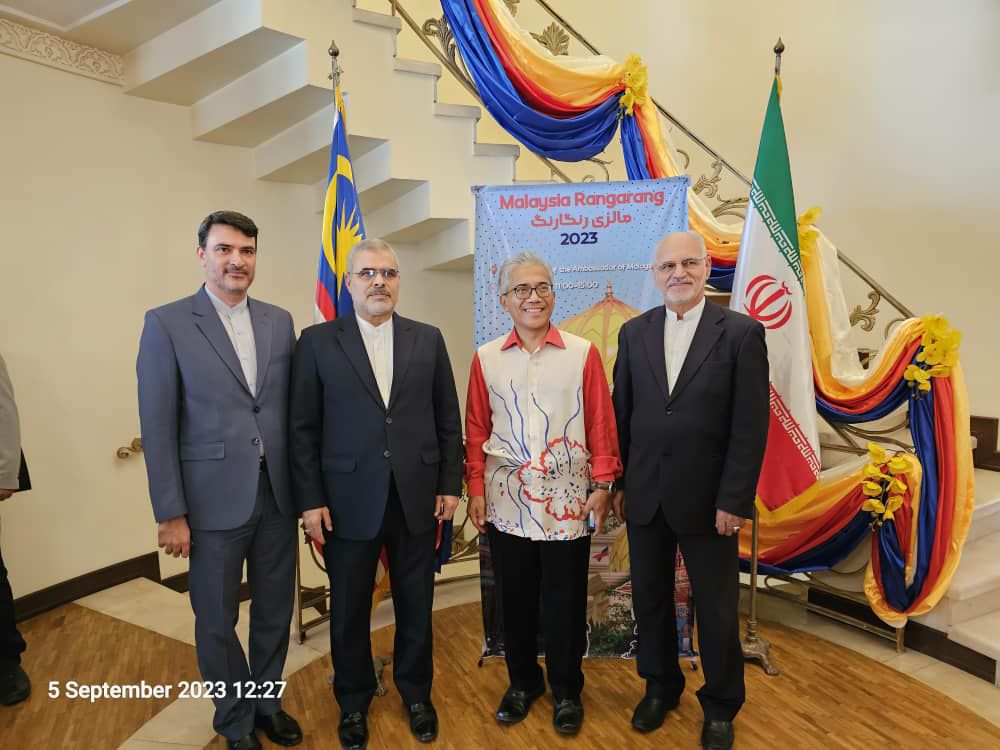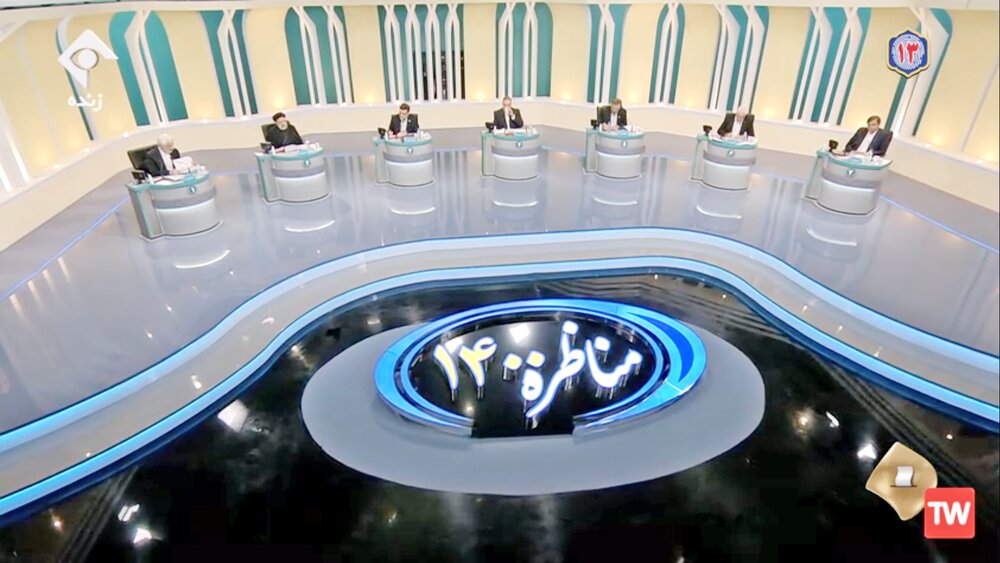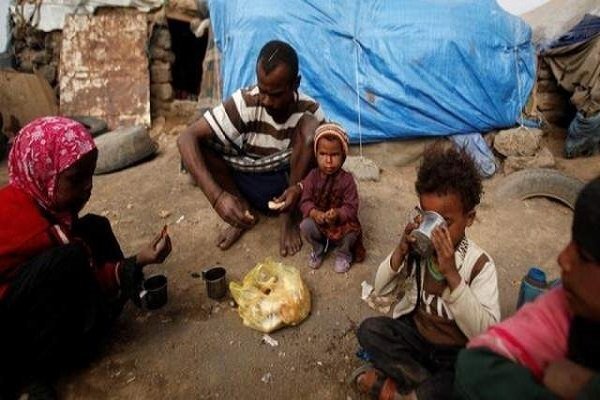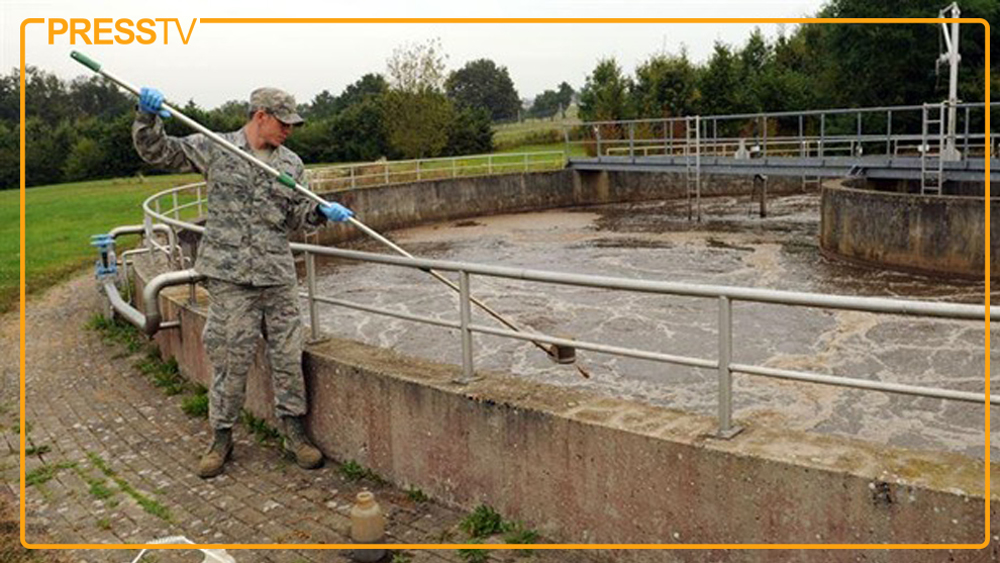July Inflation Surpasses 40%
TEHRAN (Iran News) Global economic experiences and field-tested models now provide relatively comprehensive solutions that any country, once it has properly understood its unique context, can selectively implement to establish a sustainable economic framework. However, when we speak of a “sick economy,” we are essentially summarizing the negative outcomes of misguided policies in just a few words.
Over the past century, Iran has been repeatedly subjected to waves of decisions made either under domestic political pressures or in response to severe shortfalls and constraints. In some cases, the absence of any decision at all has proven even more detrimental—indeed, inaction is often the worst kind of economic illness.
Broadly speaking, Iran’s economy has never been truly “popular” or people-centric. It might more accurately be described as state-dominated. This has caused chronic confusion and instability for ordinary citizens, who have rarely experienced periods of economic stability. Consequently, the groundwork for a truly people-oriented economy has never taken root.
A people-centered economy is one where ordinary citizens—not governments or large corporations—form the backbone of economic activity. In such a model, the government’s role is limited to statistical oversight, with no direct intervention. Prices are set purely by the dynamics of supply and demand—a system that has endured for millennia.
In this model, every unit of supply is matched against demand, creating inherent stability. Unfortunately, half of Iran’s modern economic history—particularly since the revolution—has been marked by excessive state intervention. Economic storms brought about by poor policy and mismanagement have driven capital flight, fueled unstable decision-making, anchored the economy to foreign exchange fluctuations, and most disastrously, entrenched a form of state capitalism that has widened inequality, given rise to nouveau riche elites, and deepened mass poverty.
Inflation, largely stemming from chronic budget deficits, has compounded over time. Government decisions to authorize private banks have only driven up interest rates, placing monetary control in the hands of newly rich elites. This is a compounding injury—a wound upon a wound—where monetary governance is now dominated by entities lacking both religious and national legitimacy.
Parliamentary laws, meanwhile, have either gone unimplemented or failed to have meaningful impact on major economic sectors. Today, Iran’s economy—trapped under the weight of international sanctions—faces a narrow, treacherous path forward.
Policy instability discourages investment by preventing entrepreneurs from predicting future conditions. This stifles new business development and hampers industrial growth, leading to stagnation in production. With production stagnant, supply tightens. Inflation escalates, adding yet more instability.
As prices rise, the real value of people’s income erodes. When wages remain static while the prices of basic goods—bread, meat, chicken, milk, and more—climb monthly, the public can no longer afford essentials. This breeds economic recession alongside inflation.
Worse still, market pricing is increasingly based on NIFO principles (“Next In, First Out”), which means current prices reflect future replacement costs rather than actual current costs. In this setup, if we consider foreign currency as a strategic commodity, the free-market exchange rate effectively becomes the benchmark for future prices—further fueling inflation. As mismatches in policy feed off each other, the condition of our economic patient worsens, moving ever closer to a terminal stage.
Today, the administration of President Pezeshkian sees exchange rate increases as the path to budgetary balance. The Central Bank is working to reduce allocations of subsidized foreign currency for essential goods and shift gradually toward the “NIMA” exchange rate system—raising the rate from 28,500 tomans per dollar to 70,000 tomans.
Though this policy shift is being rolled out gradually, it has already stirred market anxiety and diminished national resilience—especially critical in times of external threats. As a result, July and the months to come are likely to face inflation rates exceeding 40%.
The government must be urged to pause. These decisions should be postponed until after the looming crisis with the U.S. and NATO is resolved. Otherwise, the administration may find itself accused of undermining the nation’s resilience from within.
- author : By: Hamid Reza Naghashian
- source : IRAN NEWS




























